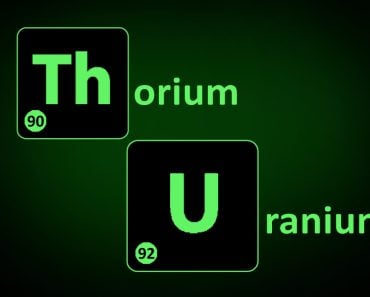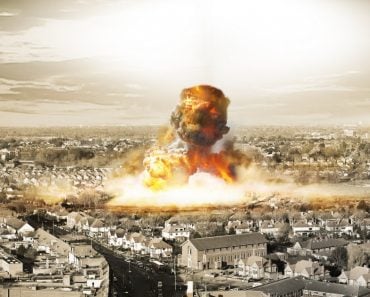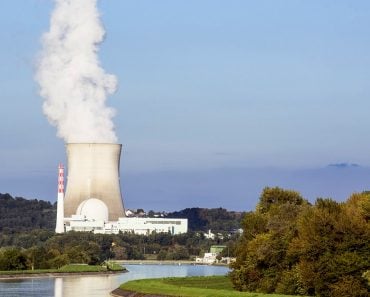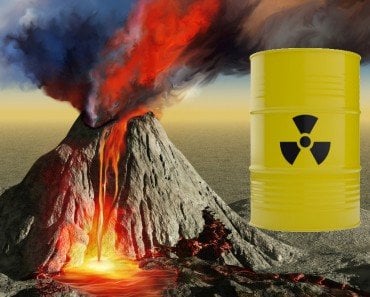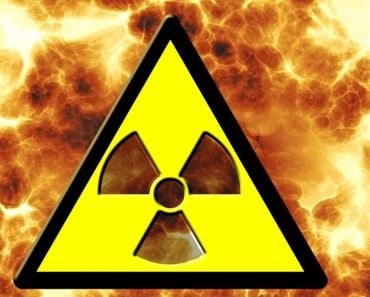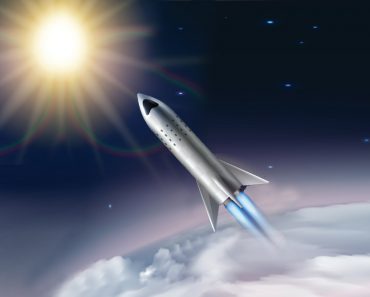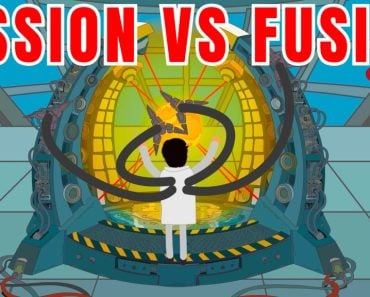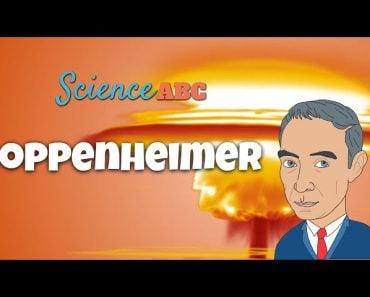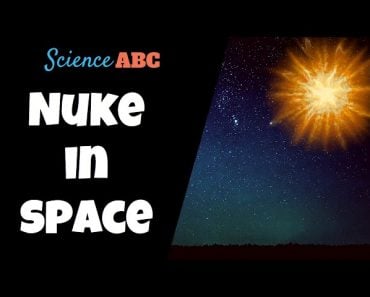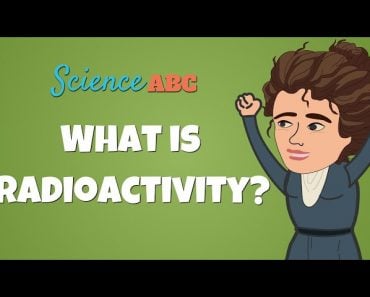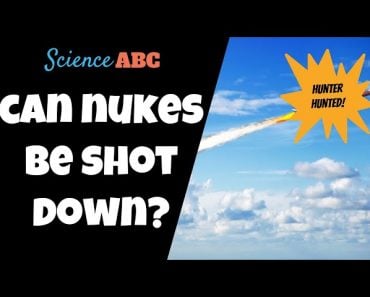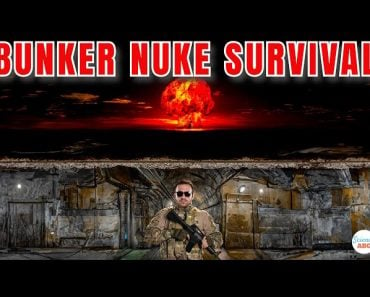Nuclear fission is used to produce electricity, which creates nuclear waste; this can safely be stored until it decays and later is safely disposed.
Some prophecies predict the doom of the world as a result of nuclear war. Apart from its ability to destroy humanity, we also use nuclear power to generate electricity. Like any other industry, nuclear power plants also produce waste—radioactive waste. The disposal of radioactive waste should be done responsibly to avoid radiation leakage into the environment, even though it is much harder to see and detect than the green goo from The Simpsons!
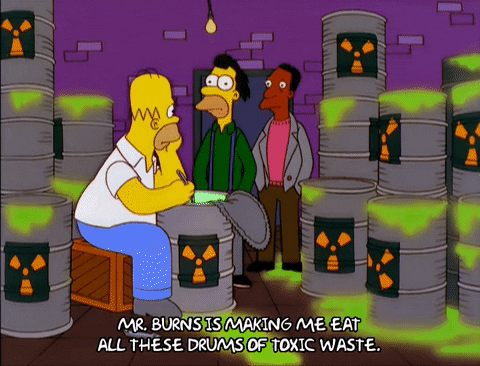
Recommended Video for you:
What Is A Nuclear Power Plant?
Around 10% of the electricity generated worldwide comes from nuclear power plants. At the heart of these plants are nuclear reactors that produce and controls a series of nuclear fission events. It is a process of splitting the nuclei of an atom into several parts, along with releasing energy. The continuous splitting of nuclei into smaller pieces yields high amounts of heat. This fission chain reaction boils the water into steam, which turns the turbine blades to generate electricity. Besides fission, another source of energy is nuclear fusion, where atoms fuse to release energy.
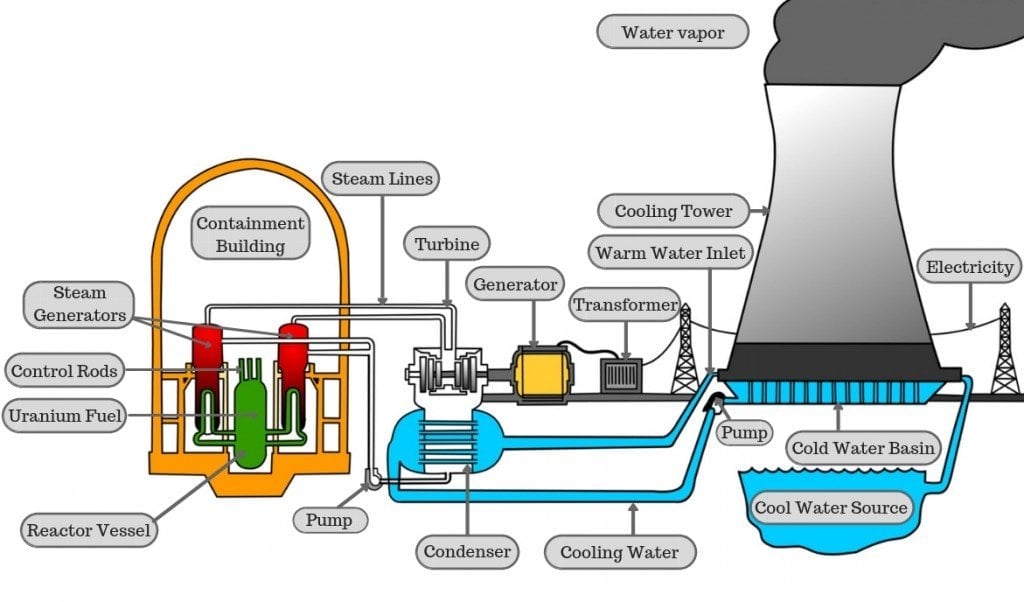
What Is Nuclear Waste?
Any activity that uses radioactive material will generate some radioactive waste, so the waste from a nuclear plant comes as no surprise. However, the volume of waste generated is much smaller than the waste from coal-fueled power plants. Based on the level of radioactivity, there are three categories of waste—low, intermediate and high-level waste. Nuclear waste generally refers to the fuel that had been used in the reactor.
The replacement of nuclear fuel takes place every 12-18 months to maintain the efficient performance of the reactor. This spent fuel is a high-level radioactive waste, as it is hot and highly radioactive. The high-level waste made of spent fuel accounts for 3% of the total radioactive waste, but is liable for 95% of the total radioactivity. Conversely, low-level waste makes up 90% of the radioactive waste onEarth, but contains only 1% of total radioactivity. Working clothes and tools used in nuclear plants are even considered low-level radioactive waste!
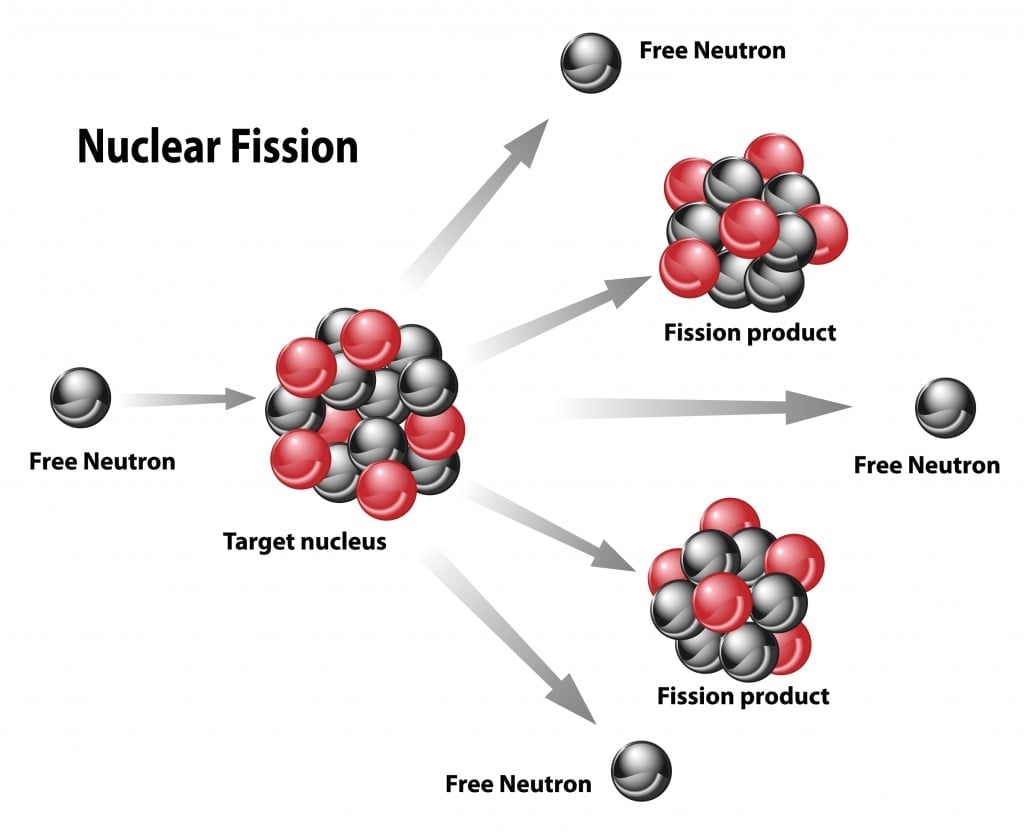
Smaller leftover nuclei, known as fission products, make up the majority of radioactive nuclear waste. Fission products usually contain elements from the periodic table like Krypton, Cesium, isotopes of iron, zinc, and more. The spent reactor fuel is in solid form and looks almost identical to the fresh fuel, which comes in the form of solid pellets enclosed in metal tubes. Despite the appearance, the content of spent fuel isn’t quite the same.
Where Does Nuclear Waste Go?
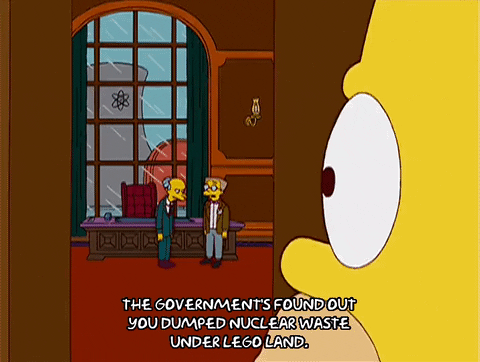
Radioactive waste cannot be dumped on landfills like other waste products. Storing it is a precarious job that requires meticulous planning. The waste is highly radioactive and raises concern about the threat it poses to the ecosystem. Unlike other industries that produce indefinitely hazardous waste like heavy metals (cadmium and mercury), the fact that nuclear waste becomes less toxic over time is unique.
Only about 3% of nuclear waste is long-lived and highly radioactive, thus requiring thousands of years of isolation.
Most low-level waste is packed and sent to a land-based disposal system. The rest is discharged into the sea from the reprocessing plant in a regulated manner.
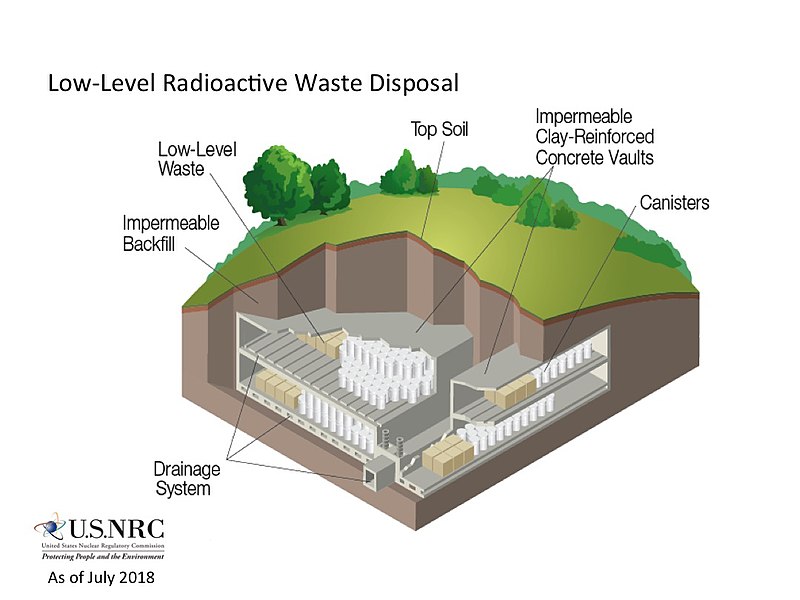
The radiation caused by such disposal affects only a fraction of the existing natural background radiation. Nuclear and reprocessing plants also release small amounts of chemically inert krypton-85, xenon-133, and traces of iodine-131 into the atmosphere. Their effect is too tiny for consideration in any life-cycle analysis.
Dealing with spent fuel (high-level radioactive waste) can be a tricky task. When the fuel is taken out of the reactor, it is hot and radioactive. Thus, it is kept underwater in a spent fuel pool for 5-8 years until the radiation weakens to a level that it can be cooled without water. This process makes the recycling and disposal of waste easier.
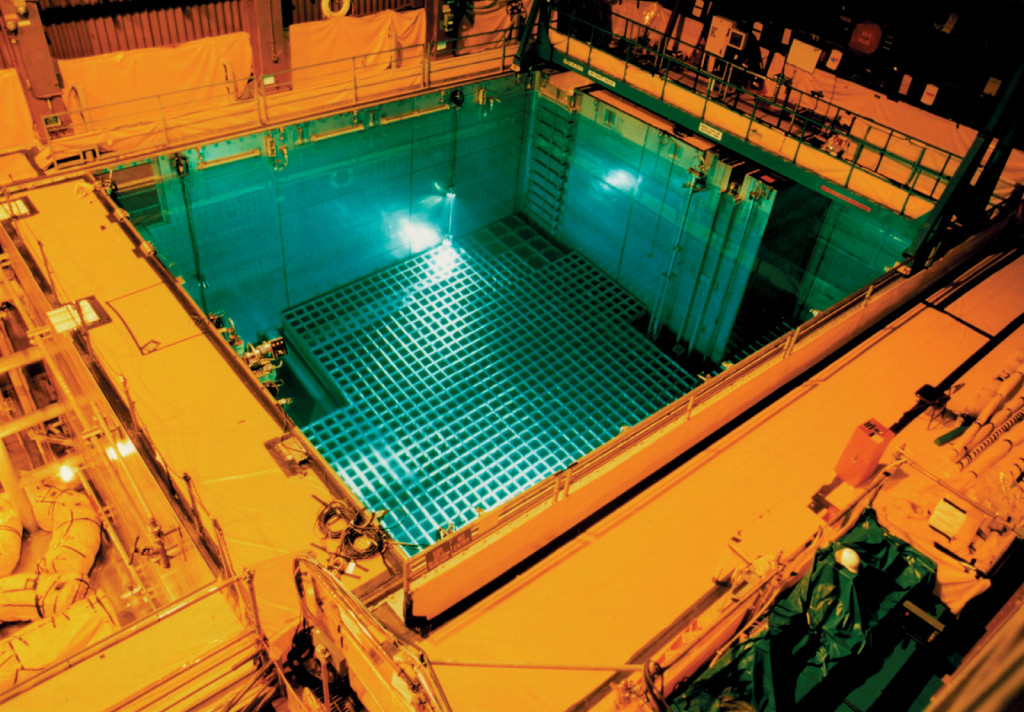
After cooling, the waste is either recycled or transferred into a dry cask surrounded by concrete or multi-purpose canisters with inert gas. These casks are designed for long-term use and are safe enough for you to walk up to and touch. Countries like France recycle their spent fuel, while others opt for the direct disposal of nuclear waste.
Fission products like Cesium-137, Strontium-90, etc., are found in high-level waste, but can also be used for industrial and medical applications, including blood irradiation, food preservation and sewage treatment.
Recycling the used fuel to recover these valuable isotopes makes the radioactive waste more of a resource than a burden. In direct disposal, the spent nuclear fuel is cast away without any recycling in an underground repository.
For the final step, safe geological disposal is planned with multiple layers of barriers. The waste is closed in a canister and placed in tunnels dug underground. Once the canister is secured, layers of rocks and clay seal the canisters in place. This protocol immobilizes the radioactive elements and isolates them from the atmosphere.
Is There Any Way To Prevent The Generation Of Waste From Nuclear Power Plants?
As mentioned before, there are two sources of nuclear energy—nuclear fission and fusion. Even so, all nuclear plants around the world use nuclear fission to generate power. Fission generates unstable nuclei, which remain radioactive for thousands of years. On the other hand, fusion does not create any radioactive waste. Instead, it produces helium—an inert gas that is harmless to life.
Shifting from nuclear fission plants to nuclear fusion plants would decrease the formation of radioactive waste. The preference for fission, however, is because fusion reactors create far less radioactive waste than fission reactors.
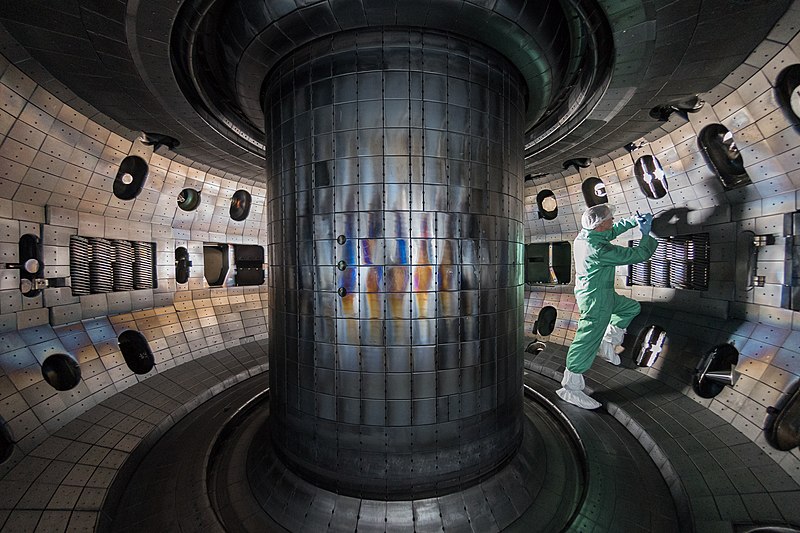
However, the technology to produce electricity with the help of nuclear fission is still only in its initial phase. The prototype of a fusion reactor is expected to be functional by 2040, meaning that the second half of this revolutionary century could be the perfect stage for the generation of electricity by a nuclear fusion power plant!
References (click to expand)
- What is nuclear waste and what do we do with it? - World .... World Nuclear Association
- What about nuclear waste?. whatisnuclear.com
- Nuclear Waste - Nuclear Energy Institute. The Nuclear Energy Institute
- Fusion - Frequently asked questions | IAEA. The International Atomic Energy Agency
- What is Nuclear Energy? The Science of Nuclear Power | IAEA. The International Atomic Energy Agency
- Radioactive Wastes - Myths and Realities. World Nuclear Association
- Nuclear explained: Nuclear power and the environment - EIA. The U.S. Energy Information Administration
- Radioactive Waste Management: Indian scenario - BARC. The Bhabha Atomic Research Centre

